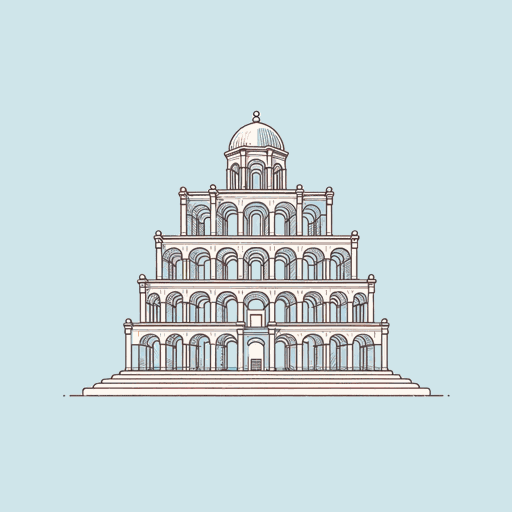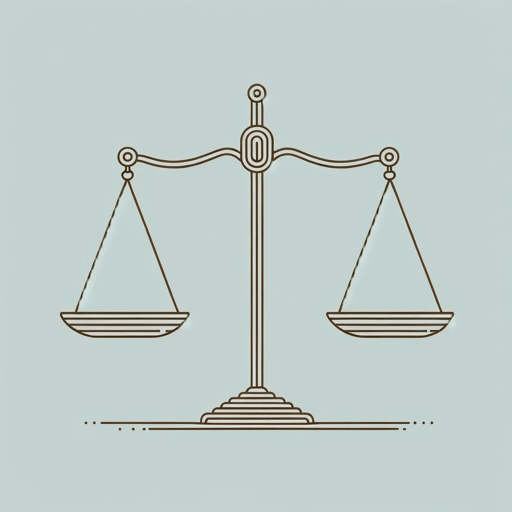37 pages • 1 hour read
Jonathan SpenceThe Memory Palace Of Matteo Ricci
Nonfiction | Biography | Adult | Published in 1984A modern alternative to SparkNotes and CliffsNotes, SuperSummary offers high-quality Study Guides with detailed chapter summaries and analysis of major themes, characters, and more.
Chapters 4-6Chapter Summaries & Analyses
Chapter 4 Summary: “The Second Image: The Huihui”
The second memory image Ricci constructs is from the Chinese ideograph yao. Yao translates roughly to “to want or need something,” specifically something important or that must be done. In 1594 Ricci and his friend and fellow Jesuit Michele Ruggieri translated the Ten Commandments into Chinese. Yao is the first word in the first commandment. Ricci cuts the ideograph into two parts horizontally. The first means west, the second means woman. It forms an image of “a woman from the Xixia territories, who is a Muslim” (95). The reference to the Xixia territories doubles the symbolism of the ideogram, as the ideogram meaning west is spelt xi, which is included twice in Xixia. The woman wears exotic clothing, felt boots, and braided hair. However, the image could also mean “a woman from the northwest, who is a huihui” (95), which indicates a more general location and does not identify the woman as Muslim. Huihui is a more general term that also describes Jewish, Christian, and Muslim people. Ricci places the woman in the northeast corner of his reception hall, near the warriors from Chapter 2.
The term huihui groups the Christian, Jewish, and Muslim faiths into one category.


